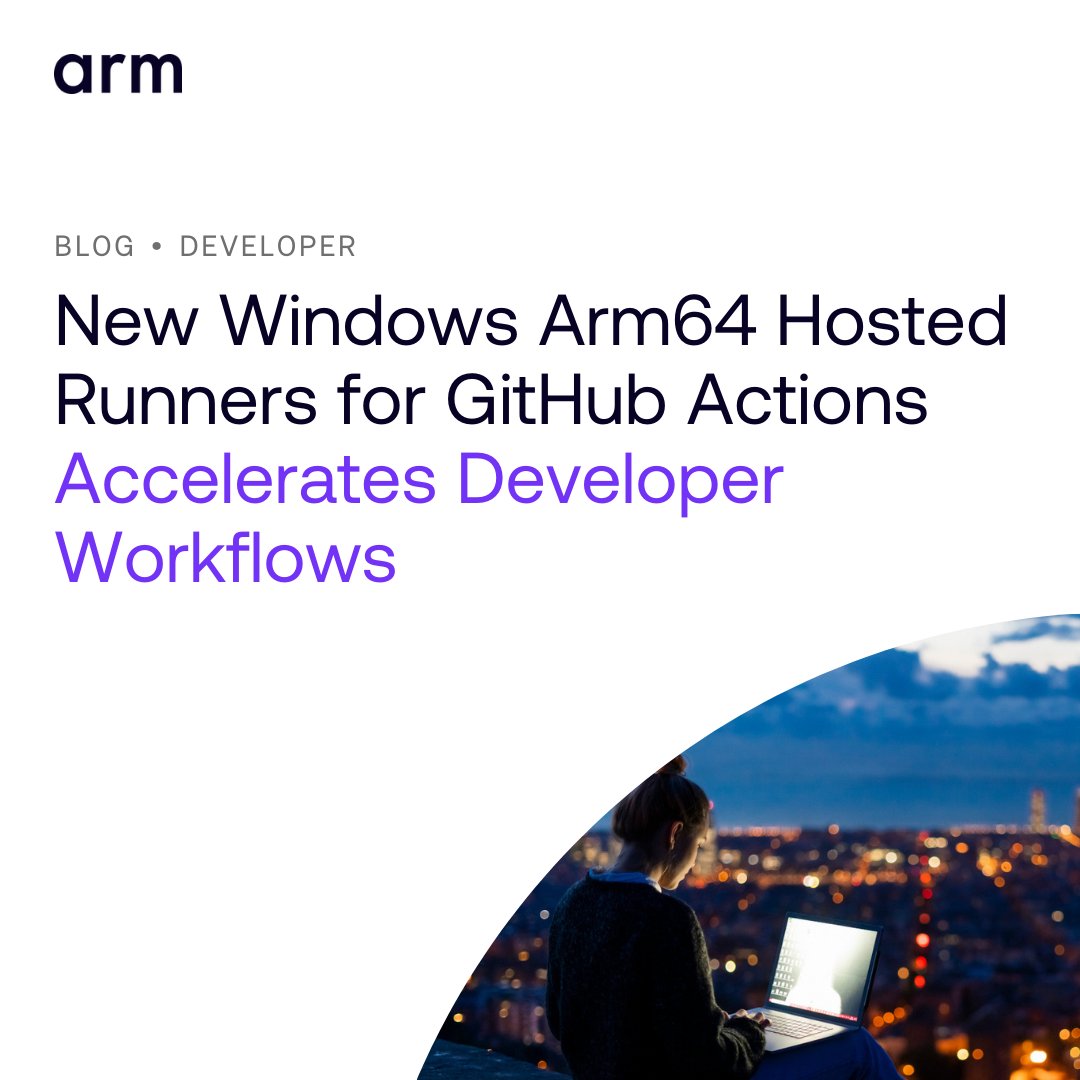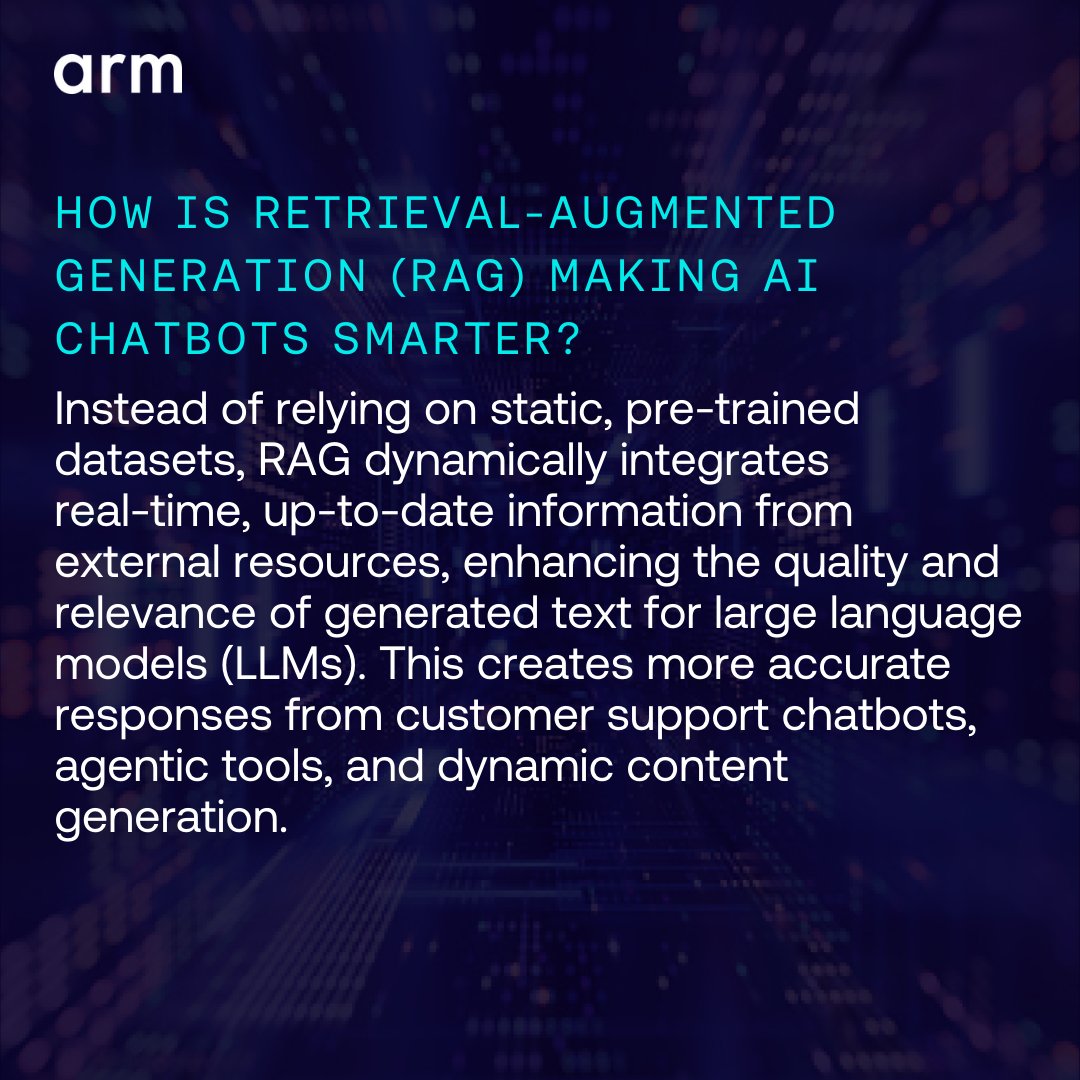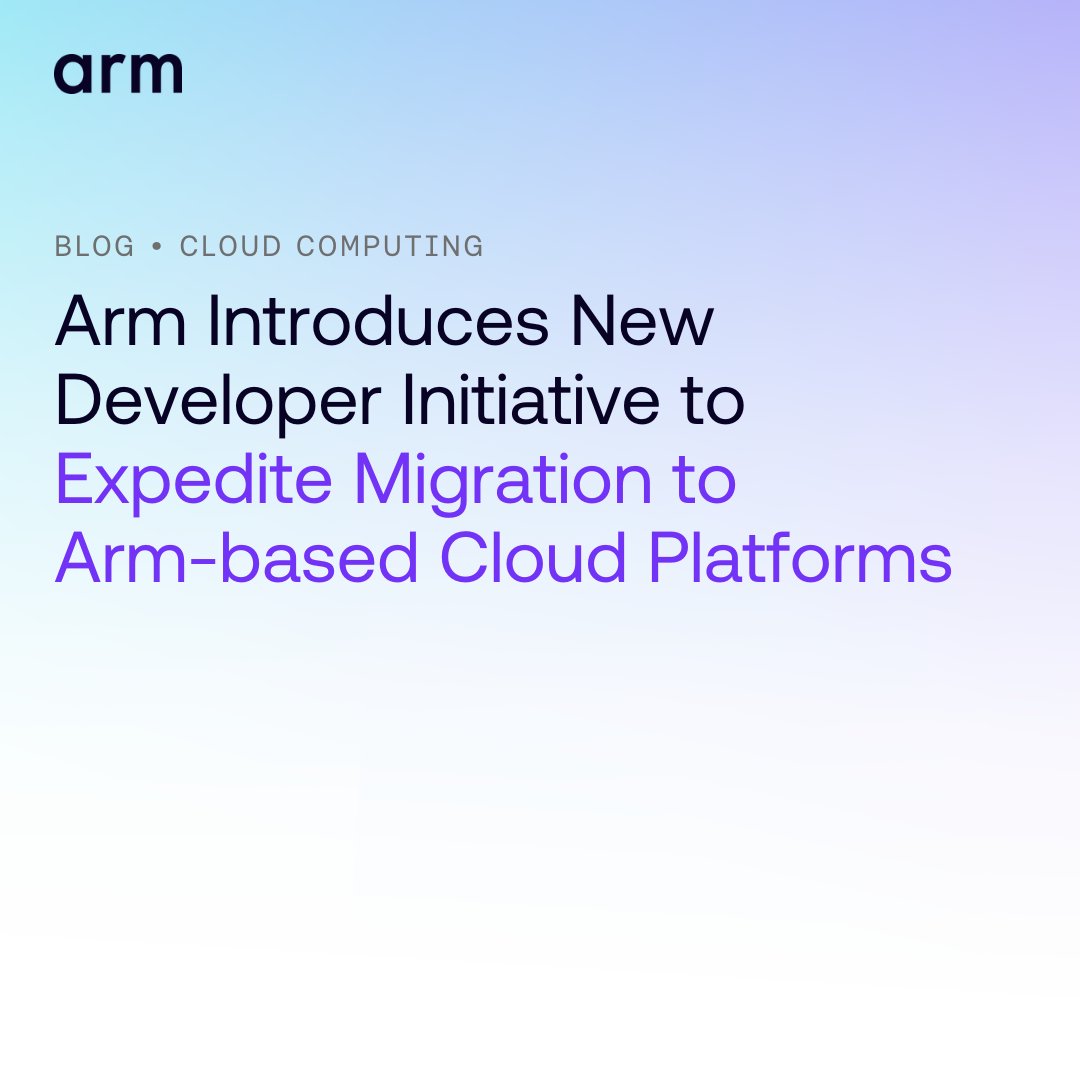Arm-powered Data Centers Optimized for Cost and Efficiency

A new infrastructure is emerging to disrupt decades of homogenous, one-size-fits-all compute in the datacenter, and its compute requirements can be captured in one word: “Optimization.”
At all levels of the data center, from the warehouse to the system-on-chip (SoC), purpose-built designs are being tuned for specific functions. Designers are optimizing and differentiating systems around metrics like peak performance, lowest possible power consumption, or massive scalability. They’re doing this by leveraging IP platforms, such as Arm Neoverse, and silicon solutions from a global ecosystem that enable a new technology meritocracy: Let the best design for a given problem win.
This movement toward design freedom and system optimization has led to higher compute utilization, improved performance-power ratios, and the ability to get more out of a physical datacenter; put simply, better total cost of ownership (TCO).
For example, AWS Graviton2 instances, using the Arm Neoverse N1 platform, deliver up to 40 percent better price-performance over the previous x86-based instances at a 20 percent lower price. Silicon solutions such as Ampere’s Altra (the industry’s first 80-core server processor based on the Arm Neoverse N1 platform) and Marvell’s ThunderX3 (featuring up to 96 custom Arm v8.3 cores) are designed to deliver the performance-per-watt, flexibility, and scalability their customers demand to win in their application spaces.
These are just three examples of companies embracing the new democratization of design, but don’t just take my word for it.
Forrester total economic impact report
A new Forrester total economic impact report details how this design freedom is leading to new, compelling TCO models. Analysts set out to examine how Arm Neoverse solutions could benefit organizations in four distinct use cases—electronic design automation (EDA), cloud gaming, cloud photo storage and virtualization.
What they found was staggering. The interviews and survey data revealed that key results from the Neoverse investment include:
- Significantly reduced cloud infrastructure costs. Cloud-optimized processors based on the Arm architecture have a smaller footprint. This enables a higher density of cores per server and so reducing the number of servers that need to be acquired and installed. Furthermore, the hardware acquisition cost of servers based on Arm architecture is nearly 20 percent lower.
- Reduced on-premise infrastructure costs. Upfront and ongoing infrastructure costs can be brought down by as much as 33 percent per core, which has a positive trickle-down effect on the cost of cloud-based offerings.
- Developer productivity improvement when building Arm-based applications. Working in an Arm-based environment to develop Arm-based applications eliminates the need for emulation and cross-compilation, frees up developer time by simplifying the development flow, and lowers overall cost. Developing apps and games for platforms, such as mobile phones, is more efficient when done on Arm servers
- Supply-side benefits. The breadth and depth of the Arm ecosystem brings suppliers together to deliver a diverse set of comprehensive solutions that enables users to better tailor their system designs for specific workloads.
Relative to legacy processor architectures, the Arm architecture enables CPU designers to offer a much better performance-per-watt. Coupled with the freedom of design, architects can pack more cores per SoC, server, rack, or warehouse. They can do so without paying the power or performance penalty that accompanies legacy architectures that underpin today’s generic off-the-shelf products.
Additionally, by licensing IP and not just selling pre-packaged, one-size-fits-all CPUs, Arm enables its ecosystem to incorporate their own accelerator functions, optimizations, and differentiation which further boosts performance-per-watt. Arm partners can customize their systems, solutions and SoCs for workloads in ways that are just not possible with legacy, generic SoCs.
Everything from new, more powerful social media and enterprise software systems to the highest performing supercomputers used for solving our greatest scientific challenges will require a level of diversity, scalability and performance that can only be realized by separating from the past and embracing the future.
The new infrastructure is being built with a focus on flexibility—with silicon vendors optimizing solutions for specific workloads—and technological meritocracy. This environment will empower designers to deliver new, purpose-built solutions, from edge to cloud, that will help transform the world around us.
Get the Forrester TEI report
Download the Forrester TEI report to get economic impact insights and real-world benefit examples. For more information on Arm Neoverse, click here.
Any re-use permitted for informational and non-commercial or personal use only.


















